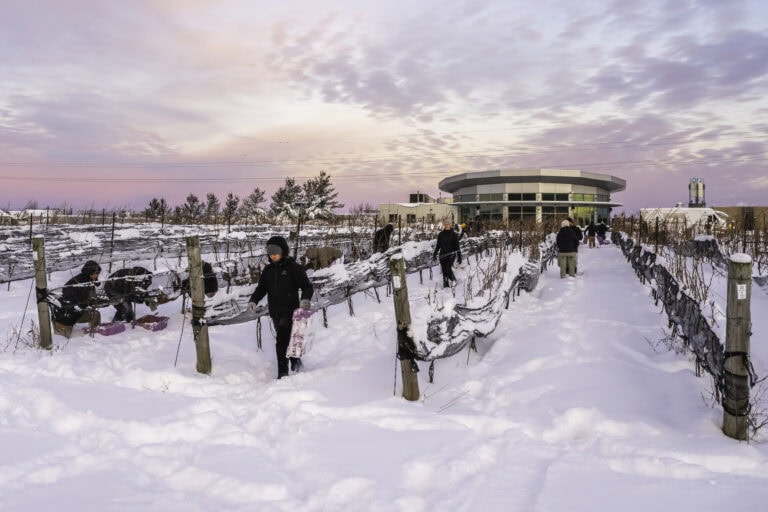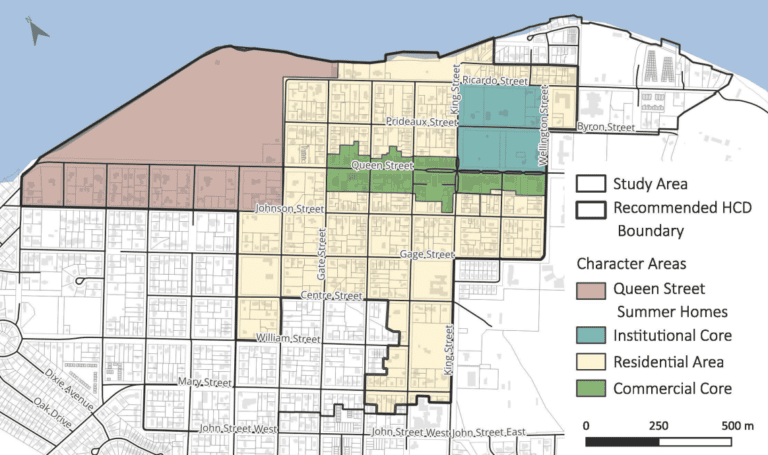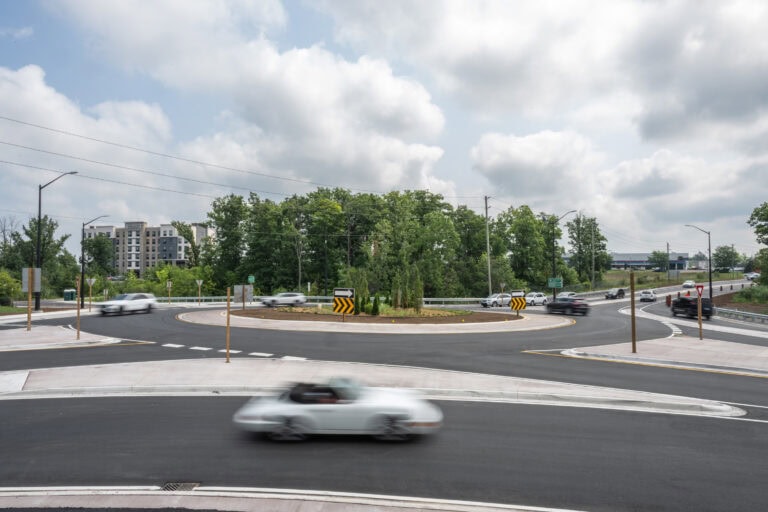Cases of COVID-19 are trending downward, Niagara’s chief medical officer of health says, but deaths from the virus are high and stable.
“I think there’s some hopeful signs that things are decreasing but it might not necessarily be as uniform across the region as we’d like,” Dr. Mustafa Hirji told a media briefing on Monday.
Most wastewater treatment plants in Niagara are showing a decrease in COVID-19 but a few are holding steady, he said.
Cases are still fairly high, but their downward trend could be strengthened by the warming weather, Hirji said.
Overall, hospital numbers are down but ICU numbers are holding steady, he said, and the situation is a little worse for Niagara’s hospitals than for the rest of the province.
Hirji said hospital numbers in Niagara are higher than they were during the second wave of the pandemic.
He noted one positive trend is that hospitalizations for people primarily being treated for COVID-19 are down.
“It’s people with a secondary diagnosis of COVID-19 or COVID-19 is maybe a contributing element to their illness, those are the ones who are really driving the hospital's number up now.”
But Hirji said it does not particularly matter what people are getting treated for, as everyone deserves access to hospital care should they require it and any overburden on the system puts that access at jeopardy.
“The trend is not so good when we look at people dying from COVID-19,” Hirji said.
Death trends from COVID-19 are still climbing in Niagara and Ontario even though cases appear to be falling, he said.
Hirji said for an extended period there was generally one or no deaths from COVID in Niagara. Now there are two or three deaths per day from the virus.
Moving forward vaccination will be the best defence against further waves of COVID-19, he said.
He also emphasized the ongoing importance of wearing masks as a broad public mitigation measure against the virus, one that provides a lot of protection and virtually no inconvenience.
Hirji said he and several colleagues have been advocating for an expansion of the provincial masking requirements to include more indoor spaces.
All of this was centred around a general theme for Hirji’s update: the virus disproportionately affects lower-income individuals and vulnerable populations.
He pointed out that throughout all waves of COVID-19, lower-income households experienced more death than wealthier people.
He also demonstrated how hard hit long-term care facilities were from the virus.
During the first wave of the pandemic, the chance for someone over 80 years old to die in a long-term care home was 25 times more likely than if the same individual lived in their own home, according to a graph presented by Hirji.
“Protecting them by us all wearing masks I think is a sensible thing for all of us to do,” he said.











